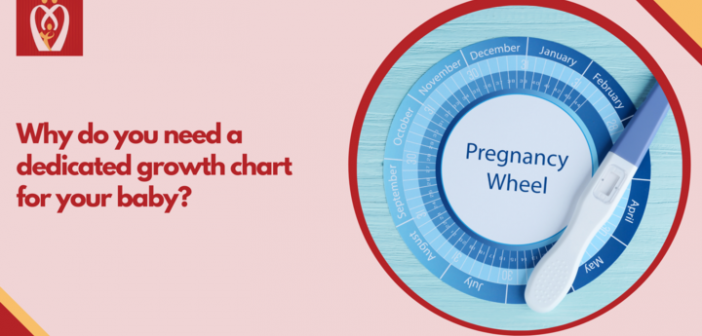What are baby growth charts?
As children mature, they do so at their own rate. There is a wide range of healthy shapes and sizes among children. A child’s height and weight are influenced by genetics, gender, nutrition, physical activity, health issues, the environment, and hormones. Even within a single family, there can be considerable variations in many of these factors.
Checkups for your youngster include a baby growth chart. They provide a comparison of a child’s height and weight to those of other children their own age and gender. There are also graphs that demonstrate the growth patterns of children’s heights and weights over time.
Suppose a child grew in step with his peers until the age of two when he suddenly slowed down significantly. That could indicate a medical issue. Observing the baby growth chart revealed this.
Is it a sign that something is wrong if the pattern is different?
The answer is no. GPs take into account a child’s overall health, environment, and genetic history when evaluating growth charts. For instance:
- Is the youngster progressing normally in other areas?
- Is there any other way to tell if a child is ill?
- Do the child’s parents and siblings measure up to the child? Was the baby born too soon?
- How early or late is the child’s onset of puberty?
Is the baby growth chart the same for all?
No. Because girls and boys grow at different rates and in various patterns, they are measured on different growth charts.
Charts are used for children between the ages of birth and 36 months old. For children and teenagers between the ages of 2 and 20, another set is available. If your child has Down syndrome or was born prematurely, you’ll want to use specialised growth charts.
On the charts, what kinds of data are displayed?
Weight, length, and circumference of the head are measured in babies up to the age of 36 months.
GPs weigh, measure height, and compute BMI for older children (BMI). For an accurate picture of a child’s development, it’s critical to look at and compare their weight and height.
What is the purpose of head circumference?
The diameter of a baby’s head can reveal information about the brain’s growth in a newborn. There may be an issue if a baby’s head is larger or smaller than other children’s, or if the head grows too quickly or too slowly.
Hydrocephalus, a collection of fluid in the brain, maybe a symptom of an abnormally big head.
Are percentile and percentage the same?
Percentiles are a way to measure a child’s position in relation to other children. Percentiles are depicted as curving lines on growth charts.
A child’s weight and height are plotted on a percentile line by GPs to see where those values fall.
For height or weight, the higher a child’s percentile value, the larger they are relative to other children of the same age and gender.
In general, a smaller youngster is indicated by a lower percentile number.
What percentile should my child aim for?
There is no perfect number. Healthy children are of many healthy forms and sizes, and babies in the 5th percentile can just as well be in the 95th percentile.
As a general rule, children should all develop at the same rate, with their height and weight increasing in proportion to one another over time. This suggests that a child’s growth curve tends to stay within a given range.
What specifies a problem?
If you see any of the following on your child’s development chart, you should consult your GP immediately.
The percentiles of a child’s weight or height deviate from what they have been for some time. It is possible that the child may have a growth problem if his or her height and weight have both been on a 60th percentile line until he or she is 5 years old, and then the height lowers to the 30th percentile at the age of 6. Changing percentiles, on the other hand, does not automatically imply that something is wrong. When growth rates vary more widely from child to child, it’s common for many children to show shifts in growth percentiles at various stages of development. This is especially common in early childhood and adolescence.
When children don’t grow at the same rate as their weight does. To put it another way: If a boy’s height is in the 40th percentile and his weight is in the 85th percentile, this implies he’s taller than 40% of kids his age but heavier than the other 85%.On the other hand, the 85th percentile for both height and weight indicates that he’s a healthy child who is just a little larger than the rest of his peers.
Speak to your paediatrician if you have any concerns or questions about your child’s growth or any baby growth charts.




